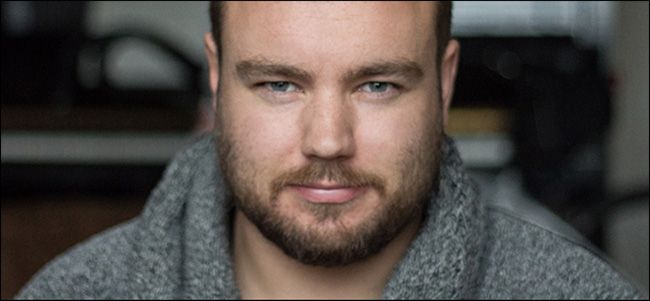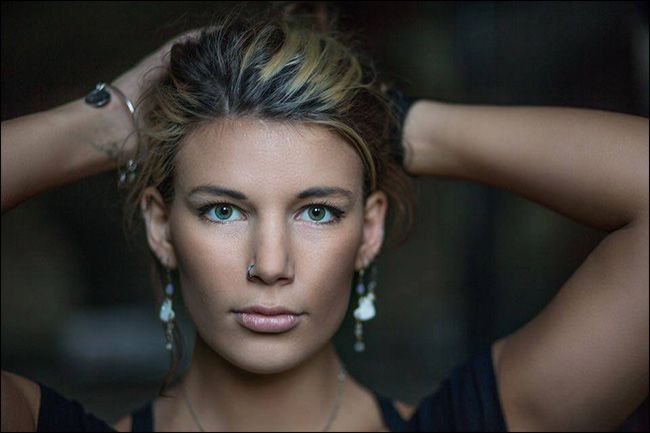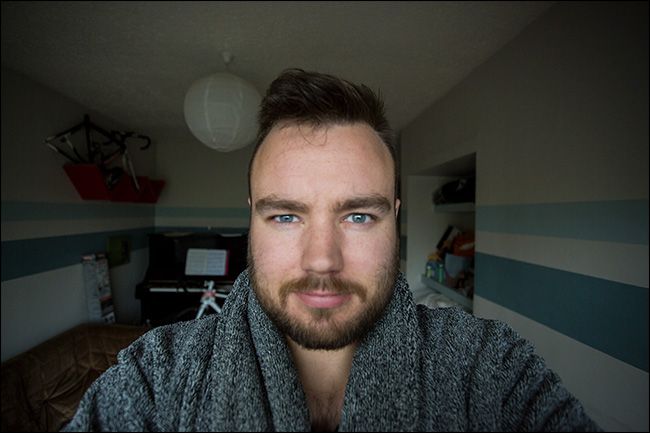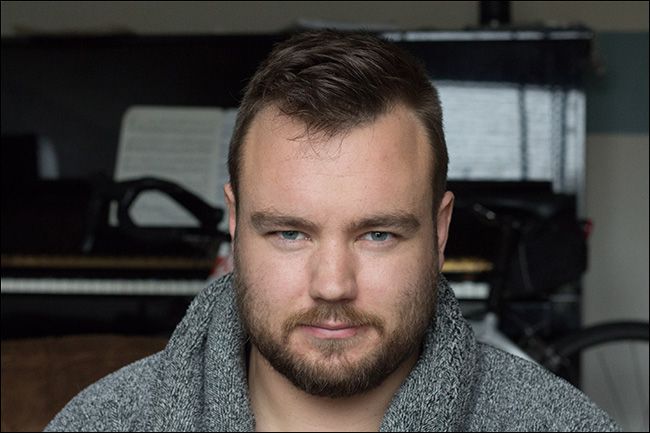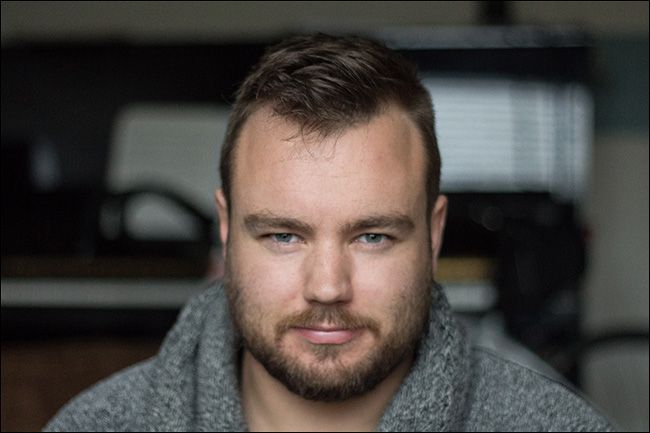Good portraits are one of the hardest things to shoot with your camera’s kit lens. No matter how hard you try, you just won’t be able to get the images from an 18-55mm f/3.5-5.6 lens to look like the kind of portraits that you see in magazines or online.
This is because the maximum aperture of your kit lens is just too narrow to get the shallow depth of field needed to blur the background to nothing. You need something a little more specialized. Let’s look at what makes a good portrait lens and a few affordable options.
What You Want in a Portrait Lens
Portraits are about one thing: flattering your model. No one wants a photo where they look like a bulldog with its head out a car window. When you’re shooting portraits, you want to use a lens that is going to make your subject look good, or more realistically, not make them look bad. These lenses tend to have certain characteristics.
Focal Length and Portraits
Wide angle lenses are totally out, at least for traditional portraits. Look at the photo below. This was shot as a selfie with a 17mm lens on a full frame camera. I look like something out of a Guillermo del Toro film.
Instead, you want something in the normal focal length range—40-58mm on a full-frame camera, 28mm-36mm on a crop sensor camera—or the short telephoto range—70-105mm on a full-frame camera, 50-70mm on a crop sensor camera. At these focal ranges there will either be no distortion, or what little distortion there is will actually make your model look good.
You can use a longer telephoto if you have one available, but to get a head shot with a 200mm lens, you have to stand about 30 feet away from your model. The photos will look good, but you’ll be shouting every instruction.
Aperture and Portraits
As I mentioned in the introduction, the problem with your kit lens isn’t it’s focal length (on a crop sensor camera, somewhere between 50-55mm is a great portrait focal length) it’s the maximum aperture. To blur the background, you need to use a wide aperture and at 50mm on a crop body f/5.6 is just not wide enough (as you can see below). Even in the pretty ideal situation I’ve set up, there is still quite a lot of detail in the background objects.
If the aperture is set to f/1.8, you get something that looks like this. Now the things in the background have gone from distracting, to just indistinct texture.
What maximum aperture you need depends on the focal length of the lens. A longer lens will have a shallower depth of field at a narrower aperture. At f/2.8, a 40mm lens will still have a pretty deep depth of field while a 135mm lens would have a completely blurry background.
In general, the wider the maximum aperture, the better. And unless you’re using a very long telephoto lens, you want something that’s at least f/2.8. f/1.8, f/1.4, or even f/1.2 are better.
Some Good Portrait Lenses
While it’s nice to know what lenses make it easy to take great portraits there is one other consideration: price. I’d love to shoot with Canon’s 85mm f/1.2L which is as good as a portrait lens can be… but it costs $2000. Instead, I use Canon’s 85mm f/1.8 which costs $350. It’s 95% as good for the kind of work I do, for a fraction of the price.
In terms of affordable, good portrait lenses here are some great options.
Canon
For Canon, the best starting option is the 50mm f/1.8. At $110 it’s an absolute steal and will work as a good portrait lens on any crop sensor or full-frame camera. If you want to stretch your budget a little more, you could go with the $329 50mm f/1.4 if you’re using a crop sensor camera or the 85mm f/1.8 if you’ve got a full frame camera.
Nikon
For Nikon, the options are similar. The $200 50mm f/1.8 will work on both crop and full-frame bodies. The 50mm f/1.4 and 85mm f/1.8 are a bit more expensive at around $450, but will take awesome photos.
Gear doesn’t matter…until it does. Sometimes you just don’t have the right lens to let you take certain kinds of photos. Unfortunately, your kit lens just won’t take shallow depth of field portraits. Any of the lenses I’ve mentioned, or any that meet the same criteria, however, will.

